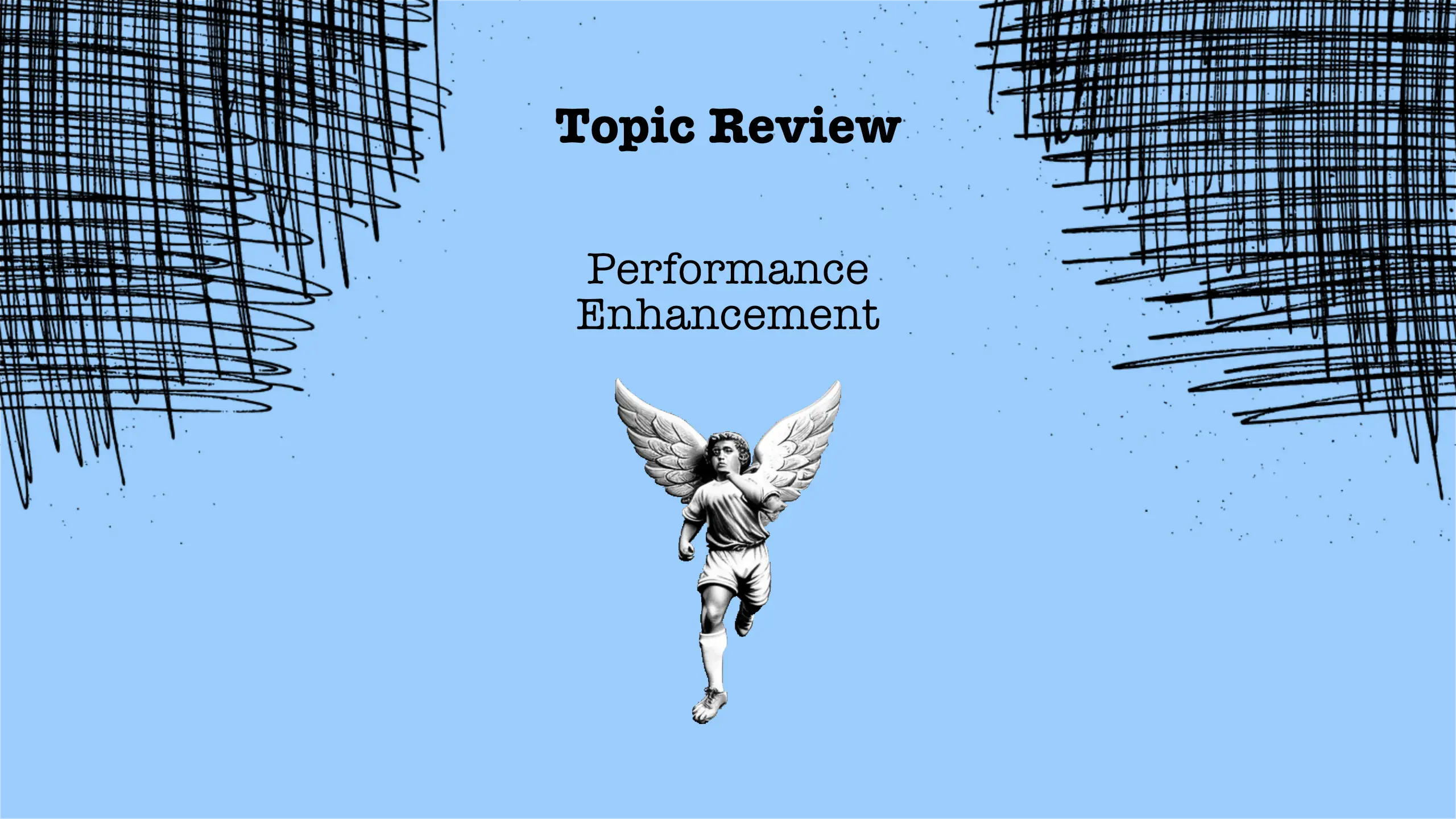Performance enhancement in sports is not only about physical ability but also about mastering the psychological and cognitive components of performance.
In Performance Enhancement (Sidonio Serpa, 2017), the author emphasizes the integration of psychological training, mental skills development, and technical-tactical refinement, all within a dynamic action framework involving the person, task, and environment.
The process of performance enhancement is therefore multi-dimensional — balancing physical readiness with mental control, perception, and self-regulation.
Key Concepts
1. The Action Situation: Person, Task, and Environment
The action situation in sports performance is defined by three interconnected components:
- Person – the athlete’s psychological and physical capacities;
- Task – the demands, structure, and objectives of the activity;
- Environment – the situational conditions and external stimuli influencing performance.
These elements interact dynamically, shaping how athletes perceive challenges, adapt strategies, and regulate actions under pressure.
2. Levels of Action Organization
Serpa identifies four hierarchical levels of action organization that determine how skills develop and stabilize through training:
(1) Sensorimotor Control – Automatisation Training
- Function: Regulation
- Sub-function: Automatization
- Means: Reflexive responses and motor routines
At this level, movements become automatic, allowing athletes to perform basic motor tasks efficiently without conscious effort.
(2) Sensorimotor Representation – Sensorimotor Training
- Function: Representation
- Sub-function: Spatial-temporal adjustment
- Means: Perceptual-effect representations
This stage focuses on adjusting movements using sensory feedback — developing precision, rhythm, and timing in physical execution.
(3) Mental Representation – Cognitive Skill Training (e.g., imagery)
- Function: Representation
- Sub-function: Effect-oriented adjustment
- Means: Basic Action Concepts (BACs)
Here, mental imagery becomes key: athletes simulate movements cognitively to refine execution before actual performance.
(4) Mental Control – Self-Regulation Training (e.g., goal-setting)
- Function: Regulation
- Sub-function: Volitional initiation and control
- Means: Symbols, strategies, and routines
At this top level, athletes employ goal-setting, focus techniques, and mental discipline to align thoughts, emotions, and behaviors with desired outcomes.
3. Basic Action Concepts (BACs)
The Basic Action Concept (BAC) framework describes how athletes mentally represent and structure complex movements.
Each BAC links functional and sensory features — “what to do” and “how to do it.”
The Structural Dimensional Analysis-Motoric (SDA-M) method maps how these BACs are organized in memory and executed in performance.
Learning is achieved through sequential refinement, where each BAC is practiced individually before being integrated into the full movement chain.
4. Psychological and Mental Training
Performance enhancement integrates three forms of training that overlap and reinforce one another:
-
Psychological Training:
A systematic, planned, and controlled approach to strengthening the mental foundations of performance (e.g., confidence, focus, emotional regulation). -
Mental Training:
The development of specific mental skills — such as imagery, visualization, and concentration — to achieve both performance success and personal well-being. -
Skills Training:
When viewed psychologically, this involves refining technical and tactical execution through mental rehearsal and feedback-based learning.
Together, these dimensions form the basis of holistic athlete development, combining physiological precision with mental clarity.
5. Perceptional–Cognitive Hypothesis
According to the perceptional–cognitive hypothesis, mental training influences the internal representation system that underpins motor control.
Imagery and symbolic rehearsal activate the same neural networks used in actual performance, allowing athletes to stabilize and strengthen movement representations even without physical practice.
This connection explains why mental preparation — visualizing movements, simulating environments, rehearsing outcomes — can yield measurable performance gains.
Selected Citations
- “Psychological training — a systematic (regular, planned, and controlled) psychological strategy for the enhancement of the psychological prerequisites of performance.”
- “Mental training — development of sports participants’ mental skills in order to achieve performance success and personal well-being.”
- “Skills training — from the perspective of psychological training, aims at improving technical and/or tactical skills.”
- “Action situation is a constellation of three elements: person, task, and environment.”
Academic Reference
Serpa, S. (2017). Performance Enhancement. In Tenenbaum, G. & Eklund, R. (Eds.), Handbook of Sport Psychology (3rd ed.). Hoboken, NJ: John Wiley & Sons.
External References
Vealey, R. (2007). Mental Skills Training in Sport. In Tenenbaum, G. & Eklund, R. (Eds.), Handbook of Sport Psychology. New Jersey: John Wiley & Sons, pp. 287–309.
